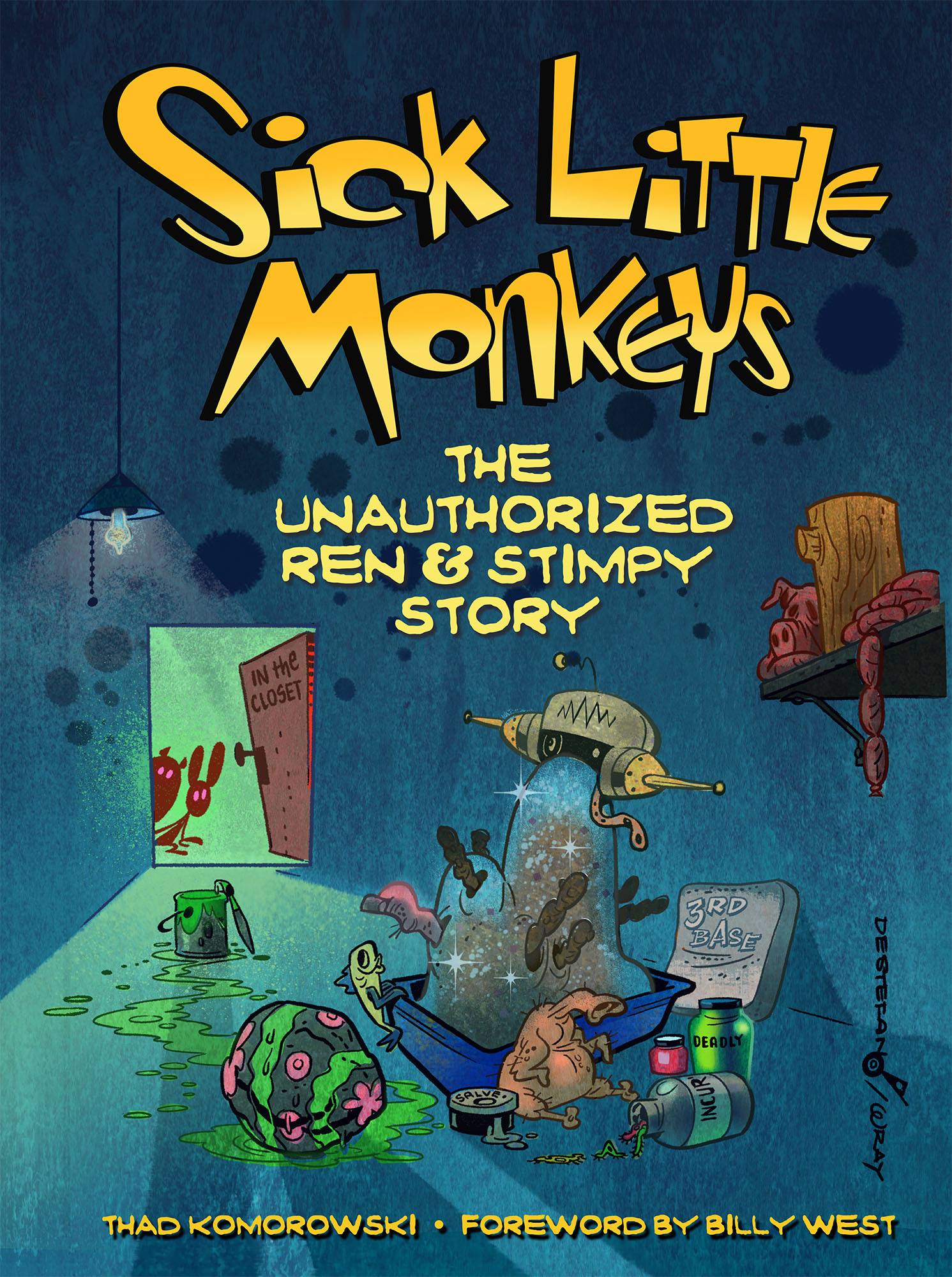 I hope I don’t offend anyone by saying that I hardly think Friz Freleng’s Sahara Hare qualifies for status as one of the classics of American cinema. It was one of the last Freleng cartoons (if not the last) to go into production in 1953, before the studio suspended operation for a six-month hiatus, and it always felt like a half-empty short, as if Freleng and Warren Foster ran out of ideas and fizzed out. It starts off with high ambition and character-based pieces, bringing to mind the strongest of the earliest Bugs/Yosemite Sam entries, before it descends into arbitrary (albeit well-done) blackout gags. Freleng and Foster had gone to the well (oasis?) once too often with this formula and there was a visible drought.
I hope I don’t offend anyone by saying that I hardly think Friz Freleng’s Sahara Hare qualifies for status as one of the classics of American cinema. It was one of the last Freleng cartoons (if not the last) to go into production in 1953, before the studio suspended operation for a six-month hiatus, and it always felt like a half-empty short, as if Freleng and Warren Foster ran out of ideas and fizzed out. It starts off with high ambition and character-based pieces, bringing to mind the strongest of the earliest Bugs/Yosemite Sam entries, before it descends into arbitrary (albeit well-done) blackout gags. Freleng and Foster had gone to the well (oasis?) once too often with this formula and there was a visible drought.
I’ve seen this cartoon hundreds of times and as I recently revisited it via IB Tech film stock, I remembered that the Looney Tunes Golden Collection Vol. 4 presented a ‘storyboard reel’ for Sahara Hare. I’ve made frame captures of those board drawings and assembled them in [relative] sequential order. The set of board drawings (by Foster) was incomplete on the DVD set, so apologies for some jumps in the continuity. Even so, comparing these boards to the final product is very revealing of how well-crafted and executed even the lesser Warner shorts could be.
“Act 1”
A lot of this “act”, as boarded, is a little too expositional. Once it’s established the cartoon is taking place in Africa, the point that Bugs is completely lost doesn’t need to be belabored – just show that he is and get on with it. Even if that does mean lifting some old animation from Jones’s Frigid Hare, a quicker set-up is always more satisfying. Note the change in the opening signs from “Sandy Isn’t It?” to the far funnier “Keep Off the Grass”.
“Act 2”
Unfortunately, many of the drawings of the “WHOA!” bit lifted from Red Skelton are missing. While a fine cartoonist, Foster doesn’t seem to get that after some seven years the joke is that Bugs has a dangerous adversary in someone half his height. That’s okay, though, he was paid to write, and he did a fantastic job. Which is kind of why the cartoons then were so much better than they are now, when the writer and storyboard artist were the same person and focused on writing rather than making sure that every scene or drawing hooked up or staged a scene perfectly.
“Act 3”
The cartoon gets a little pedestrian at this point, but with these boards, you get a taste of how gifted Freleng’s direction was. The cannon gag, as boarded, isn’t nearly as funny as it is in the finished cartoon, where Freleng applied the “less is more” theory to great effect. Tbe build-up: Sam actively struggles to get the block of the fort out, only to find the cannon and struggle once more to get the block back in. The payoff: he still gets blasted, and we cut to a background by Irv Wyner of the damage done to the desert landscape.
Deleted Gag
This scene, dropped from the film, also feels a little belabored. Sam tries to blast open the fort, and Bugs blows a board onto the detonator. Huh? Then again, the board gag that did make it into the film, with Bugs splitting it and Sam in half with an axe, is one of the few off-putting moments in the Warner cartoon canon.
“Final Act”
This is a well-staged finish. It milks Sam’s eternal frustration for all its worth, and the marriage between Milt Franklyn’s music and the funny animation by by Art Davis is sublime. It should’ve irised out after the explosion, but I guess it required more footage, so we got stuck with the ending with Daffy that makes no sense.
Freleng and Foster (and Hawley Pratt) were among the only people kept on staff while the studio was on hiatus for half of 1953. Most of the old energy and zeal would vanish once the studio resumed normal operation, but a cartoon like Sahara Hare illustrates that the bloom had faded. But the cartoons were still funny, if not inventive.

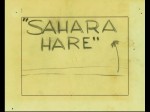
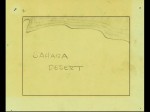
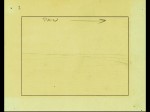
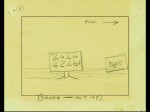

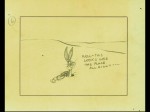
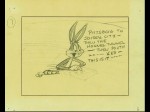
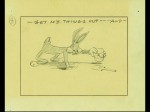
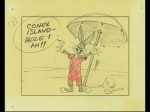
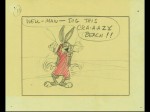



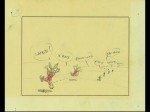
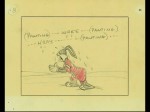
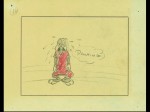
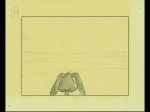
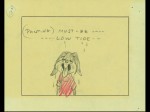
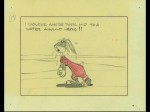

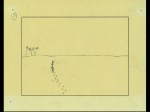
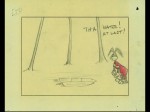

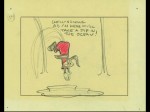
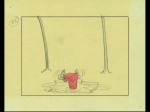
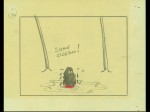
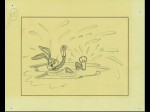
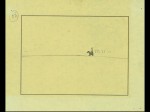
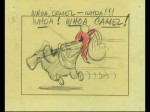
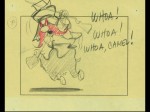
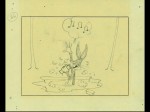
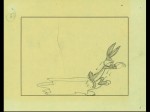

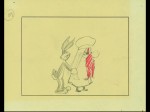
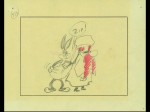
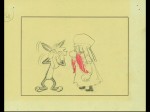
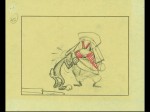
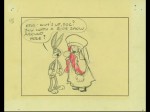
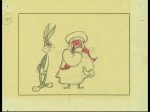

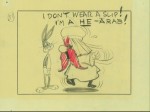

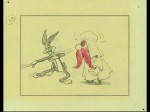
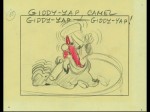
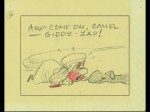
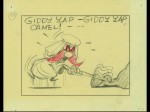
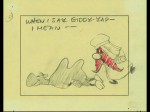
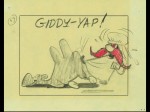

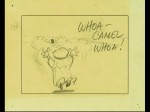
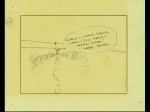
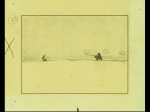
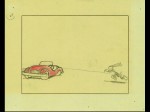

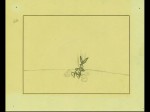
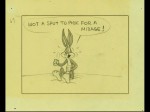
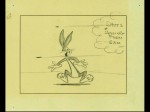
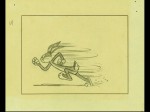
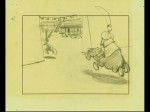

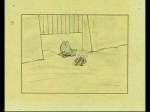
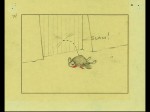

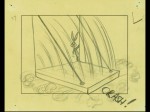
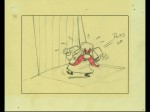
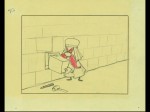
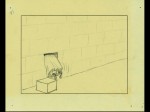
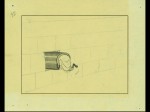
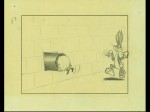
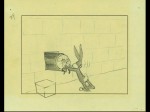

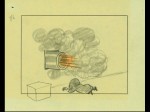
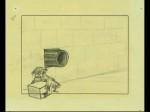

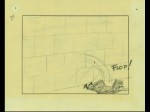
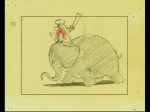
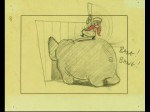
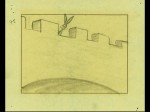
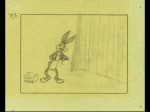
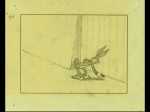
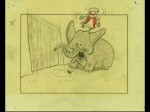
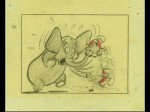
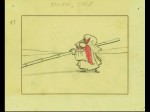
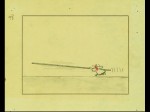
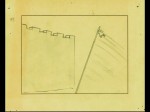
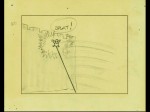
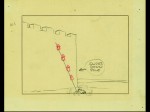

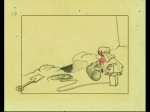

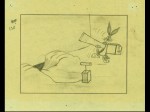
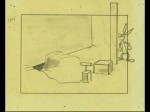
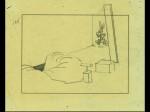
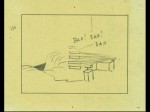
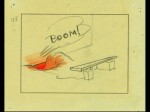
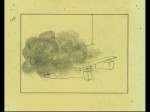
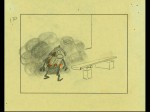

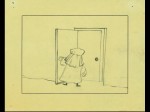
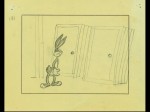
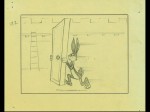
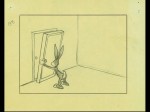
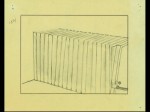
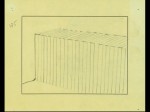
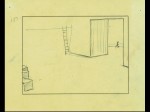
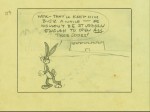


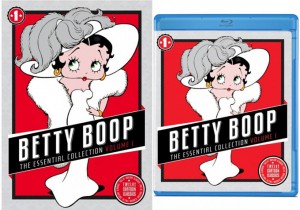 I have a number of reasons to be skeptical about the announced
I have a number of reasons to be skeptical about the announced 